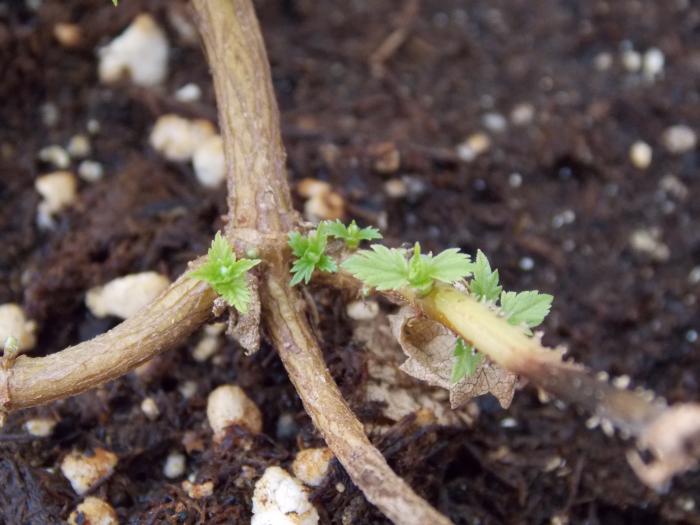By no means am I a breeder, but every Ag student learns a little bit about breeding/genetics somewhere in their curriculum. From what I recall is that certain plants/animals or whatever you're breeding tend to pass on very desirable traits to the offspring so they are the go-to varieties to start with in your program. This paper explains quite a bit:
http://bsgcraftbrewing.com/FileCabinet/TheBreeding_Varieties[1].pdf
So B-Hoppy hit on one of two main points. Desirable traits. These are tracked from beginning to end during the program. A lot of work during the final years of the breeding program results in making sure you can bring it to market.
Another thing going on here is generally referred to as
hybrid vigor (or
heterosis). So, this is generally applied to agronomic crops like corn, soybean, barley, and wheat. These species are primarily self-pollinating and will produce seed nearly identical to the parent plant. Genetically, these plant are generally referred to as
homozygous. That is to say, at a specific
loci (the location where a
gene resides), the plant contains the same
alleles (or trait, in the simplest sense). A
heterozygote, would contain different alleles. Homozygotes are also referred to
inbreds quite commonly.
When the plants are then forced to
outcross with another
inbred plant or population, the resultant
progeny will outperform either of the parents. This phenomenon is what we refer to as heterosis.
Now, to bring it full-circle. Hops are not a self-pollinating species like corn or soybean. Their traits are highly heterozygous across the genome. So every time a breeder (public, private, or hobbyist) makes a cross, they produce 10's-1000's of potentially unique individuals (provided they all germinate and grow). Will they potentially share similar characteristics, yes of course. Look at your siblings or other family members, do you share traits? Are you crazy? (Don't feel obligated to answer that.)
But I digress, because hops are so highly heterozygous, one thing they have noticed (and Brewer's Gold and Bullion are prime examples of this, one parent was a male from Europe, and the female was a wild Canadian plant that had been shipped overseas) is that there is greater genetic distance between the European and American plants, so by crossing them together, they generally receive a few number of plants that are worthwhile selections for new varieties. (There are also a number of other varieties that have similar stories, but Brewer's Gold and Bullion are the earliest such examples.)
Brewer's Gold and Bullion, actually outperformed either parent and had greater bittering potential than either, which lead brewers to needing less in the brew kettle.













